Hello everyone, and welcome to the show. If you’re accessing this podcast, you’ve already listened to Rounders: A History of Baseball in America, our main show, and you’ve signed up as an exclusive email subscriber. Thanks so much for continuing to support both of these projects.
So, let’s get the show going, starting with memorable historical moments that happened this week.
Fun Fact: I recorded the episode in a car, then edited and sent this newsletter to you from 40,000 feet in the air. Enjoy!
This Week’s Memorable Moments

December 25, 1927 : HOF Great Nellie Fox is Born
Nellie Fox was born on December 25, 1927, in St. Thomas, Pennsylvania.
His career began with the Philadelphia Athletics in 1947, but it was with the Chicago White Sox that he made his most significant impact.
Fox was known for his batting prowess, leading the American League in hits four times and boasting a .288 lifetime batting average. He was a 12-time All-Star.
The 1959 season was particularly notable for Fox as he led the "Go-Go" Chicago White Sox to the American League Pennant and was named the AL MVP.
All small men, all non-power hitters, must learn to bunt well. It's half your game.
-Nellie Fox
His skills were not just limited to hitting, though. He was also renowned for his fielding, leading the league in fielding average six times as a second baseman with a career fielding percentage of .984. He also won three Gold Gloves during his career.
He was known for his durability too, playing in 798 consecutive games from 1956 to 1960.
Despite these accomplishments, his induction into the Baseball Hall of Fame was delayed until 1997, 23 years after his death.
His influence was felt by teammates and future generations alike, with players like Joe Morgan citing him as an inspiration.
Fox's dedication to the game, his consistent performance, and his influence on others cement his status as one of baseball's greats.
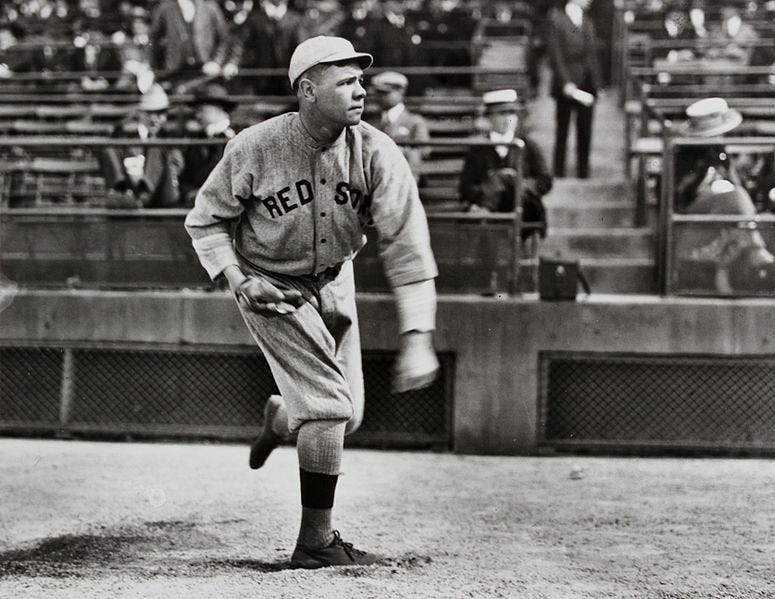
December 26, 1919: The Yankees (Unofficially) Acquire Babe Ruth
On December 26, 1919, the New York Yankees made a pivotal acquisition, unofficially purchasing Babe Ruth from the Boston Red Sox.
The transaction, officially announced in January, involved a $100,000 payment (one-fourth cash and the remainder in annual payments at 6 percent interest) and a $300,000 loan guarantee with Fenway Park as collateral.
This deal was not merely a sports transaction; it was a complex financial arrangement deeply intertwined with the theatrical ambitions of Red Sox owner Harry Frazee.
Frazee, involved in theatrical productions, was financially pressed and sought to finance his play "No, No, Nanette." The sale of Ruth provided the necessary capital. The Yankees' first payment of $25,000 was made on December 19, 1919, as part of the $100,000 total purchase price. This deal was intricately connected to a loan secured by Fenway Park, making it a significant financial maneuver beyond the baseball field.
After joining the Yankees, Ruth's performance soared, marking one of the most dramatic shifts in baseball history. He transitioned from a successful pitcher to a legendary slugger, setting numerous records. In his first season with the Yankees, Ruth hit 54 home runs, a record at the time, and batted .376. Over his 15-year career with the Yankees, Ruth amassed 659 home runs and maintained a .349 batting average, becoming a central figure in the team's success and the sport's history.
The sale of Babe Ruth had long-lasting implications for both teams involved. The Yankees entered an era of unprecedented success, while the Red Sox experienced an 86-year championship drought, often referred to as the "Curse of the Bambino."
Ruth's departure from Boston and arrival in New York marked a significant shift in the balance of power in baseball, with the Yankees becoming a dominant team for decades to come.
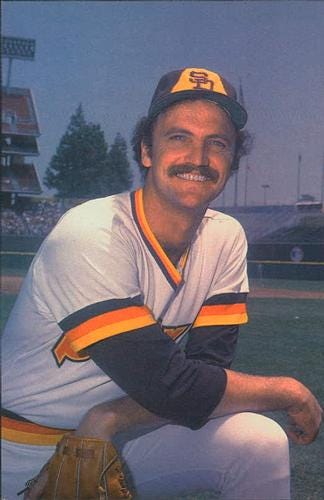
December 27, 1984: The Yankees Acquire a Pitcher Who Can’t Pitch Home Games
On December 27, 1984, Ed Whitson, coming off a strong 14-8 season with the National League champion San Diego Padres, signed a five-year, $4.4 million contract with the New York Yankees.
This move, initially filled with hope and expectation, quickly turned into one of the most infamous player-team associations in baseball history.
Whitson's tenure with the Yankees was marred by an inability to perform effectively in New York. His struggles were particularly pronounced when pitching at Yankee Stadium, to the point where, by the middle of his second year, he was so rattled by the New York crowd and media that he could only pitch on the road.
His home game struggles were reflected in his stats; in 1985, his first year with the Yankees, Whitson went 10-8 with a 4.88 ERA, a stark contrast to his previous performance with the Padres.
The situation escalated to the point where Whitson and then-manager Billy Martin were involved in a physical altercation, further highlighting the tension and difficulties Whitson faced in New York.
The psychological and performance pressures were so intense that the Yankees eventually traded him back to San Diego during the 1986 season.
Upon returning to the Padres, Whitson found his form again, enjoying four solid years. His return to San Diego marked a significant turnaround, as he was able to recapture the pitching prowess that had made him a sought-after player initially.
This stark contrast between his time in New York and San Diego is often cited as a cautionary tale of the pressures that can accompany playing in a high-intensity market like New York City.
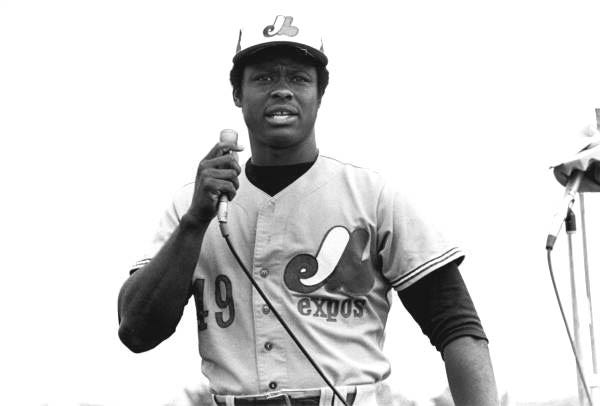
December 28, 1983: The First Big Name MLB Player Heads to Japan’s Nippon League
On December 28, 1983, Warren Cromartie made a significant move in the world of baseball by signing a three-year, $2.5 million contract with Japan's Yomiuri Giants.
At 30 years old and with a .278 batting average from his time as a mainstay in the Montreal Expos outfield in 1983, Cromartie was entering what many considered the prime of his career.
His decision to play in Japan marked him as one of the best American players to make such a move while still in a position to contribute significantly in Major League Baseball (MLB).
Cromartie's transition to Japanese baseball was not just a financial decision; it was a cultural shift. In Japan, he quickly adapted and embraced the local culture, becoming a fan favorite due to his outgoing personality and genuine interest in his new home.
His performance on the field was stellar, hitting over 30 home runs three times and maintaining a .321/.372/.558 batting line throughout his tenure. He became one of the top run producers in the country, culminating in being named the Nippon Professional Baseball MVP in 1989.
His seven seasons in Japan were marked by consistent performance and adaptation to a different style of play, showcasing his versatility and skill as a player. Cromartie's success in Japan was a testament to his baseball player ability and willingness to embrace and excel in a new environment.
After his successful stint in Japan, Cromartie returned to North America for one more season, joining the Kansas City Royals in 1991. Even at 37 years old, he contributed, serving as a backup outfielder and pinch hitter.
His time in Japan and subsequent return to MLB highlighted the global nature of baseball and the opportunities available for players willing to explore leagues outside of the United States.

December 29, 1878: Cuba Founds its First Pro Baseball League
On December 29, 1878, Cuba marked a significant milestone in its rich baseball history by founding the Professional Baseball League of Cuba, one of the earliest and longest-lasting professional baseball leagues outside the United States.
This league operated in Cuba from 1878 until 1961 and was known for its high level of play and competitive spirit. The Cuban League was notable for its early and full racial integration, a progressive move in the sport's history.
The Cuban League's establishment reflected the country's deep love and passion for baseball, a sport that had been introduced to the island in the 1860s and quickly became a part of its national identity.
The league started with usually four teams and became a winter league that attracted both local talent and major league players from the United States during the off-season. This cross-cultural exchange elevated the level of play and made the Cuban League a prestigious and competitive arena for baseball.
One of the most notable moments in the league's history occurred in 1902 when the Habana team swept the competition, ending the season with a record of 17-0. Pitcher Carlos Royer pitched every game, ending with a record of 17-0, showcasing the high level of talent in the league.
The Cuban League was a hotbed for talent throughout its existence, producing and attracting many players who would significantly impact Major League Baseball and other professional leagues worldwide.
Baseball in Cuba was more than just a game; it (and still does) symbolize national pride and cultural identity. The sport was played in defiance of Spanish colonial authorities and became a unifying force for the Cuban people.
The Cuban League's establishment and its subsequent success story testify to the enduring love and passion for baseball in Cuba. This legacy continues to influence the sport both on the island and internationally.
December 30, 1935: Sandy Koufax is Born
Sandy Koufax, born on December 30, 1935, in Brooklyn, New York, is celebrated as one of the most dominant pitchers in baseball history.
His journey from a basketball star with dreams of being an architect to a baseball legend is a testament to his incredible talent and determination. Initially signing with the Brooklyn Dodgers in 1954, Koufax's career took a significant turn when the team moved to Los Angeles. It was there that his career truly flourished.
Koufax's time with the Dodgers marked an era of unprecedented success and dominance. Over his career, he posted a 129-47 record, a testament to his prowess on the mound.
His achievements include three Cy Young Awards, which he won when only one was given annually for both leagues, underscoring his standout performances during those seasons. His pitching was characterized by a powerful fastball and a devastating curveball, making him one of the most feared pitchers of his time.
During his last five seasons from 1962 to 1966, Koufax reached a level of performance often described as one of the best peak periods of any pitcher ever. In this span, he won 111 games and helped lead the Dodgers to numerous pennants and World Series titles.
His 1963 season was particularly notable as he led the league in wins, ERA, shutouts, and strikeouts, securing both the Cy Young Award and the NL Most Valuable Player Award.
Despite his incredible success, Koufax's career was relatively short, spanning just 12 seasons. He retired at the peak of his career due to arthritis in his pitching elbow, leaving fans and the sports world to wonder what more he could have achieved had he continued playing.
Even so, his legacy endures, and he is remembered as one of the greatest left-handed pitchers in the history of the game.

December 31, 1972: Roberto Clemente Dies in a Plane Crash
On December 31, 1972, the world of baseball and humanitarianism was shaken by the tragic death of Roberto Clemente.
A dedicated athlete and philanthropist, Clemente was en route to deliver aid to earthquake victims in Nicaragua when his plane crashed into the Atlantic Ocean. At the age of 38, the Pittsburgh Pirates' star had already left an indelible mark on the sport and the world.
Clemente's baseball career was nothing short of spectacular. Over 18 seasons with the Pirates, he amassed a .317 batting average, a testament to his consistency and skill at the plate.
He collected exactly 3,000 hits, making him the 11th player to reach that milestone in Major League Baseball history. His prowess as a right fielder was unmatched, earning him 12 Gold Glove Awards for his defensive excellence. Clemente was also a 15-time All-Star, showcasing his status as one of the premier players of his era.
His performance in the 1960 World Series was a highlight of his career, where he batted .310 and played a key role in the Pirates' victory over the New York Yankees.
In 1966, he was named the National League's Most Valuable Player, cementing his status as one of the game's greats. Clemente's power and precision at the plate were matched by his speed and intelligence on the bases, making him a threat in every aspect of the game.
Beyond his statistical achievements, Clemente was known for his humanitarian efforts and his deep commitment to helping others. His dedication to charity work, particularly in Latin America and the Caribbean, was driven by a desire to give back to the communities that supported him.
The tragic circumstances of his death while attempting to deliver aid to earthquake victims underscored his selflessness and compassion.
Clemente's legacy extends far beyond the baseball diamond. He was posthumously inducted into the Baseball Hall of Fame in 1973, the first Latin American and Caribbean player to be honored in such a way.
The Roberto Clemente Award was established to honor his memory and is given annually to a player who exemplifies sportsmanship, community involvement, and the individual's contribution to his team.
Thanks for Subscribing! Would You Consider Financially Supporting Us?
By becoming a paid subscriber, not only are you supporting a show free from corporate agendas, but you'll also get:
The ad-free version of 'Rounders' a whole DAY EARLIER.
A sneak peek at our secret list of upcoming episodes.
A chance to share your thoughts, which I might just read out in the episode.
Exclusive chats, events, and more fun stuff only for our members.
And if you're feeling extra awesome, join our 'Starting Nine' crew. Help shape the show, pick episode topics, and even get a shoutout as a producer.
Let's make 'Rounders' the top baseball history show together!





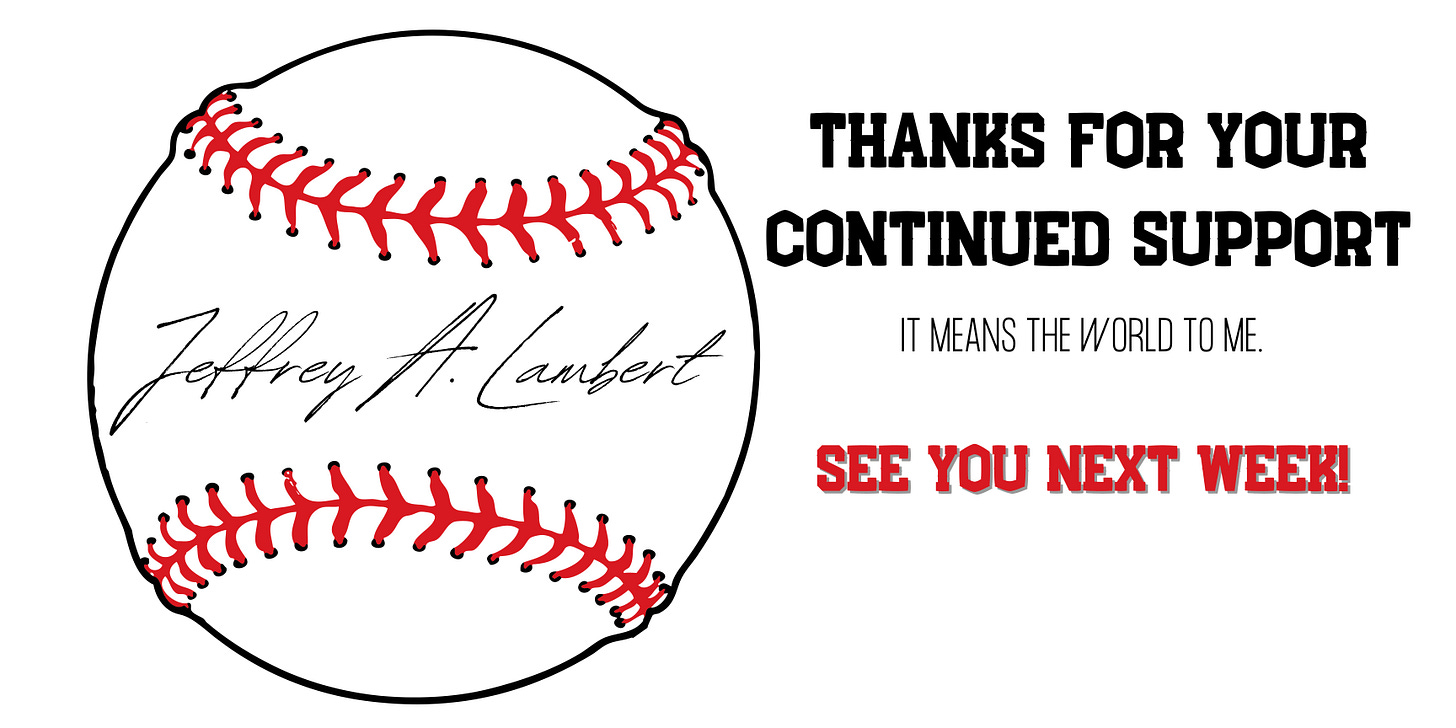



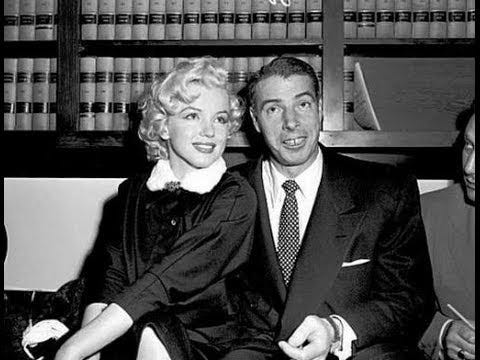
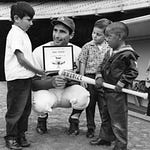

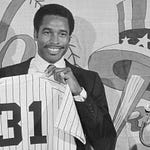
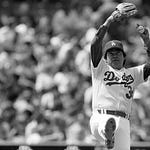

Share this post